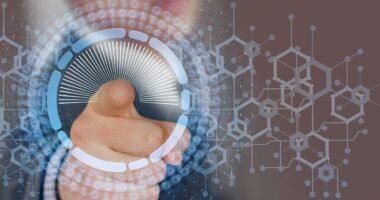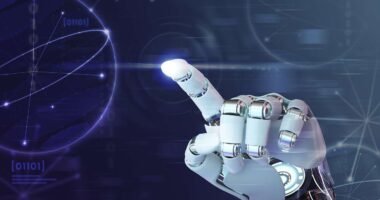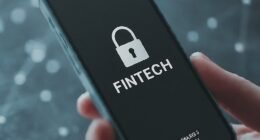Big data in the field of education gives teachers a unique opportunity to reach out and be educated to new learners by being able to assess the learning experience of students and determine the status of the education system. The education sector has always been important to society and the general public. It requires a skilled worker who can start and grow a business in all competitive economies. On the other hand, those who are interested in careers are also keen to stay ahead in training and skills development.
However, the education system has gradually changed, leaving students dissatisfied with knowledge and qualifications that are not acceptable. This view has led to the growth of EdTech in its multiple forms. It is now helping to improve the educational process using advanced data technology.
Here are some ways to create a Big Data education area:
Big data is hampering the learning process: Big Data and personalization go hand in hand. The ability to monitor many aspects of a subject’s work allows one to conclude its behavior. This assumption is used to create a customized learning plan for each individual. Which will enable them to choose the text they want to use, how long they want to spend in each version, and whether they can test it with other possibilities? More useful than personal teaching methods, which enable people to learn at predetermined speeds. Depending on the network, it is easier to keep in touch with educators and classmates, and this effect is more pronounced on social media. It is not surprising to ask students questions and learn to respond almost immediately
Big Data Track Student Performance: It is important to measure student progress for all educational programs. And it will help graduate students to track various positions in the curriculum. It is not historical to do so, especially with the significant classes. At the very least, the failure rate gives only a small part of the story. Class planners can track data points. Internet-based learning, such as how long students take to answer questions during a study and how many times they return to watch a given text or video. Such data points provide a holistic picture and allow for a complete transformation of some sections of the course. For example, if a large number of students had to pass a subject many times, theoretically, students would be able to understand it better.
It increases participation: Overall, students’ interest in formal education has diminished despite a survey that does not have a better future than before. More students learn distance learning with the right information and the opportunity to customize the content and timelines of the course according to their needs. In many ways, the delisting of education has a considerable impact. First of all, without the substantial financial and time pressure of traditional schools, those who usually cannot be trained in specific areas can do so. Nevertheless, the economy benefits from the IDTEC revolution, as they are highly trained workers in critical sectors. How important it is to their human face and society, Big Data, Automation, and Edtech will be a significant barrier. For so long, entrepreneurs can create innovative solutions related to privacy, data storage, privacy, and information security, creating a highly profitable and productive experience.
Big data helps in dropout mitigation: Extensive educational data can lead to higher performance among students and also reduce dropout levels in schools and colleges. All data obtained in educational institutions can be used to provide them with information about possible student outcomes using predictive modeling. Such predictions will analyze the course of the course by reducing the need for exams and errors before they are implemented in the class. Big data can also be used to track how students perform in the job field after graduating from college. It will also help aspiring students choose the best college and program they want
Big data tailor can program: With the help of big data, various programs can be created for each student. While there are millions of students in universities and colleges, personal plans can be expanded for private students. Which is known as “mixed learning,” which is a combination of online and offline learning? This gives learners the ability to follow the text they are interested in while they have offline feedback and work at their own pace.










5 comments
Hi there! I just would like to give an enormous thumbs up for the great data you have got here on this post. I shall be coming again to your blog for more soon.
hello there and thank you for your information – I’ve certainly picked up something
new from right here. I did however expertise a few technical points using this web site, as I
experienced to reload the web site many times previous to I could get
it to load correctly. I had been wondering if your hosting is OK?
Not that I’m complaining, but slow loading instances times will sometimes affect your placement in google and could
damage your quality score if advertising and marketing with Adwords.
Anyway I’m adding this RSS to my e-mail and can look out
for a lot more of your respective intriguing content.
Ensure that you update this again very soon.. Escape roomy lista
Hello.This post was really motivating, particularly since I was looking for thoughts on this subject last Sunday.
I’ve been surfing on-line more than 3 hours as of late, yet I never found
any fascinating article like yours. It’s pretty value enough for me.
In my view, if all site owners and bloggers made good content as you did,
the web will be much more useful than ever before.
Great web site. A lot of helpful info here. I am sending it to several pals ans additionally sharing in delicious. And naturally, thank you on your effort!